Table of contents of the article
ToggleOlive moth is an insect that infects olive leaves, causing yellow and brown spots to appear on the leaves. This article from the “WORLD OF PLANTS” website discusses the symptoms of the disease and methods of effective prevention and control.
Symptoms of olive lentigo
- Scientific name : parlatoria oleae
- the family : homoptera
- The insect attacks the vegetative organs, sucks the juice from them, and causes deformation of the leaves. A dark (violet) color spot appears on the fruits, in the middle of which the peel appears.
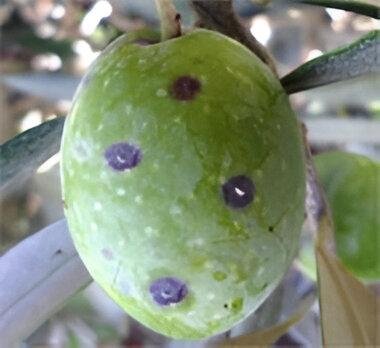
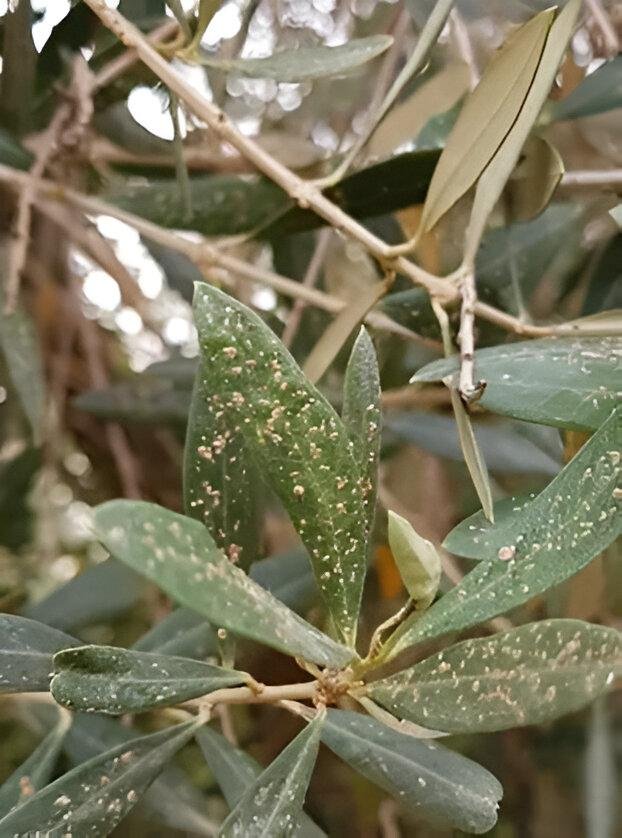
Description of olive lentigo
The color of the insect is purple and is covered by a gray shell with a black umbilicus on the sides, diameter (0.9 mm). The shape of the shell is oval for the female insect and elongated for the male.
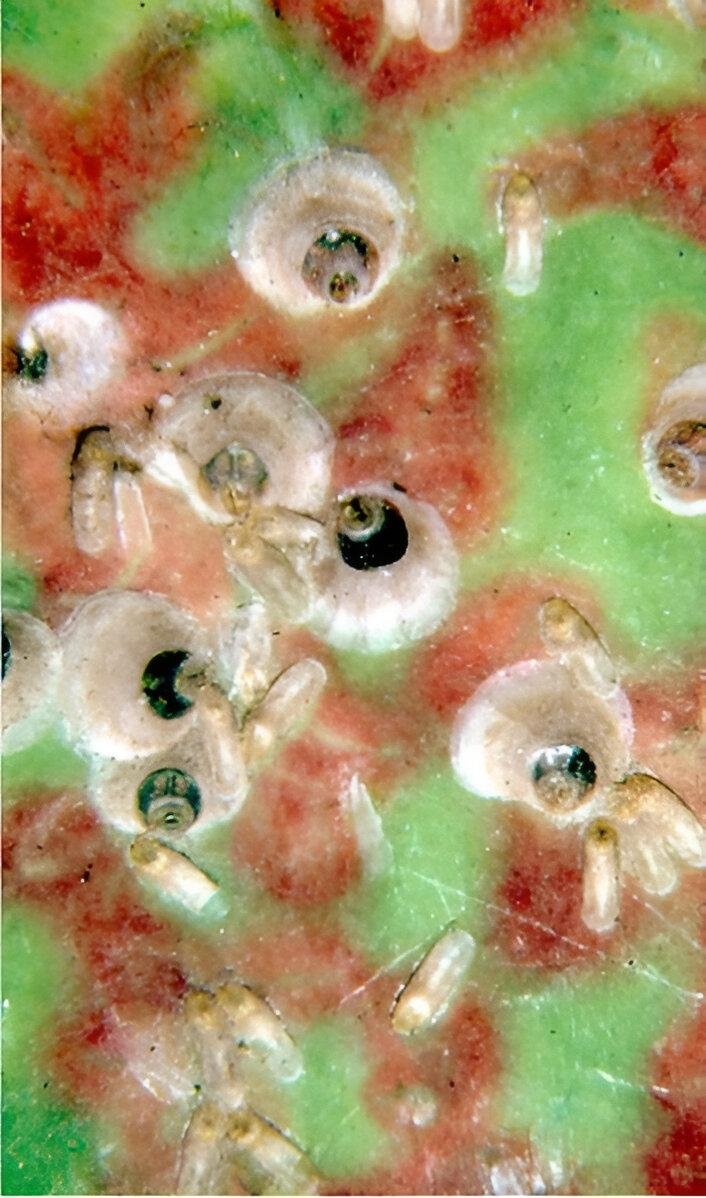
Causes of olive lentigo
- Excessive irrigation, continuous heavy rainfall, high ground water levels
- Poor use of insecticides can eliminate a large portion of parasites and cause natural imbalance
Suitable conditions for the spread of olive lentigo
- High temperatures are appropriate for the development and reproduction of the pest and the formation of its crust.
- Fluctuation and irregularity of humidity helps lentigines to a great extent.
- The presence of other pests in the field, such as red spiders and whiteflies, greatly contributes to infection
Olive lentigo development cycle
- Eggs are laid between March and October, with peak numbers observed in June. At 24 and 30°C, females lay an average of about 124 and 105 eggs each, but egg production.. Although adult males live for only 1-3 days, females generally live for 1-2 months or more.
- The nymphs emerge from under the female's shell and spread across the plant and begin to secrete the protective shell. The life cycle of the first generation is completed in June, and the life cycle of the second generation is completed in October, where the adult insects lie under their shell until the beginning of next spring.
Olive lentigo propagation losses
- When the insect attaches to a plant, it secretes a toxic liquid that causes the plant tissue to turn from dark red to almost black. This may reduce the commercial value of crops
- Olives may suffer from a certain decrease in the amount of oil.
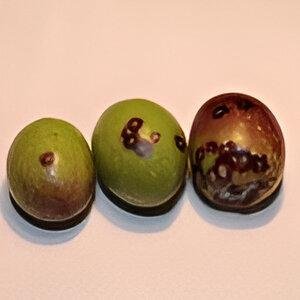
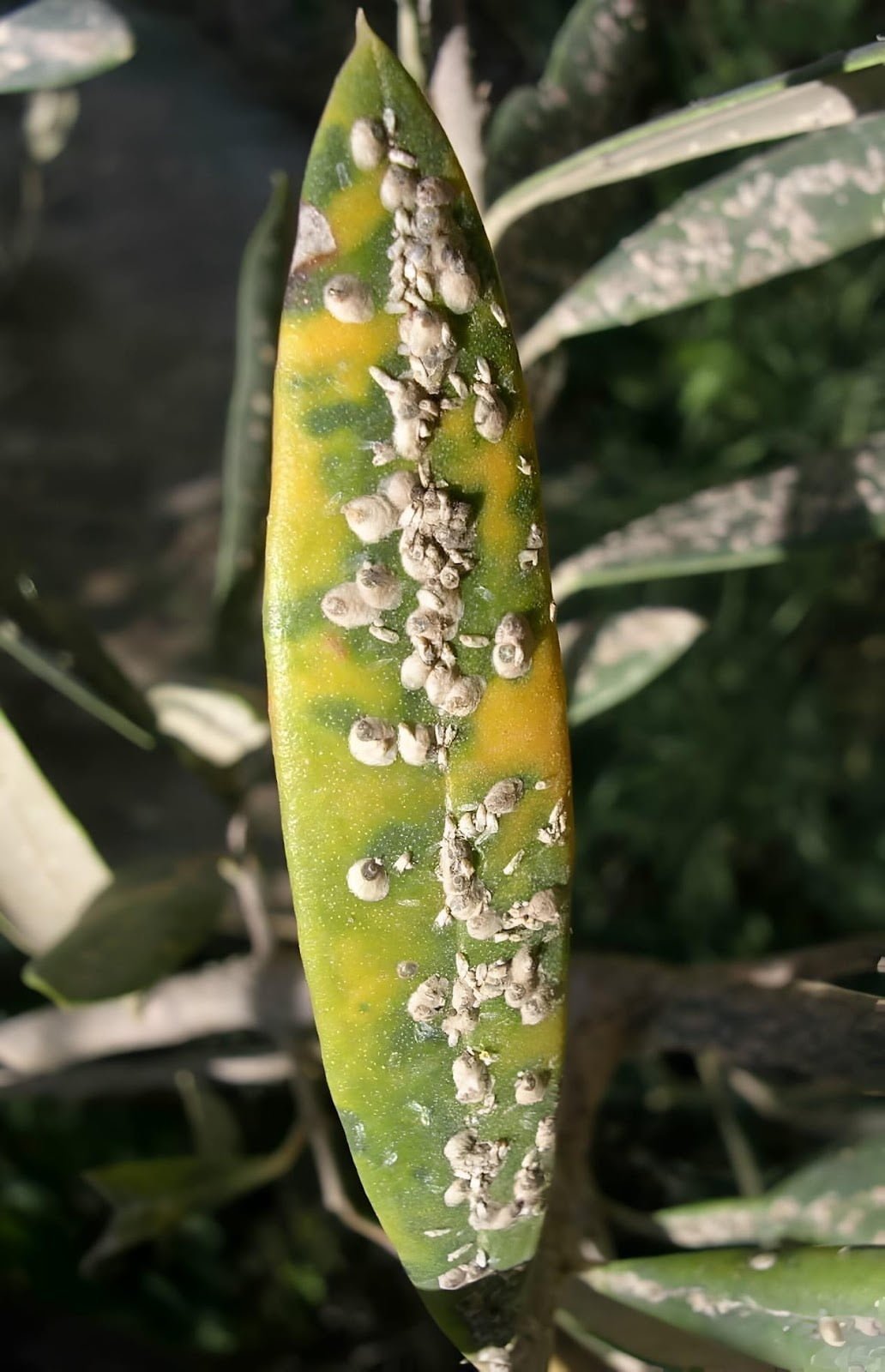
Olive freckle control strategy
Preventive measures to prevent olive lentigo
- High temperatures range between 30°C and 35°C, which reduces the duration of egg laying and the number of eggs.
- Light pruning.
- Plowing the soil and applying organic fertilizer.
Chemical and organic control recommendations for olive lentigo
- Using parasitology (by two apheline parasites, Aphytis paramaculicornis and Coccophagoides utilis
- Oil emulsion in the spring, before the leaves appear
- Lime sulfur is an insecticide but is not suitable for use near homes.
In conclusion, we would like to note that we, at the world of plants website, offer you all the necessary services in the world of plants, we provide all farmers and those interested in plants with three main services::-
- Artificial intelligence consulting service to help you identify diseases that affect plants and how to deal with them.
- Blog about plants, plant diseases and care of various crops ... You are currently browsing one of her articles right now.
- An application that provides agricultural consultations to clients, as well as a service for imaging diseases and knowing their treatment for free – Click to download the Android version from Google Play Store، Click to download the IOS version from the Apple App Store.
References
- Biche, Mohamed, and Mahdi Selami. “Biology of Parlatoria oleae (Homoptera, Diaspididae) in the area of Cap-Djinet (Algeria).” Agriculture and Biology Journal of North America 2.1 (2011): 52-55
- Habib, A., Salama, H. S., & Amin, A. (1969). The biology of the plum scale, Parlatoria oleae (Colvee)(Coccoidea: Diaspididae). Bulletin of the Société Entomologique d'Egypt, 53, 283-297.
- MCCONNELL, H. S., et al. Parlatoria oleae Colv., a privet pest in Maryland. Journal of Economic Entomology, 1930, 23.1: 142-144.
- The biology of the plum – cabi digital library
- Studies of two parasites of olive scale, Parlatoria oleae (Colvée) – UNIVERSITY OF CALIFORNIA
- Parlatoria oleae Colv., a pest – cabidigitallibrary
- Parlatoria oleae – Olive violet scale – excelentesprecios




